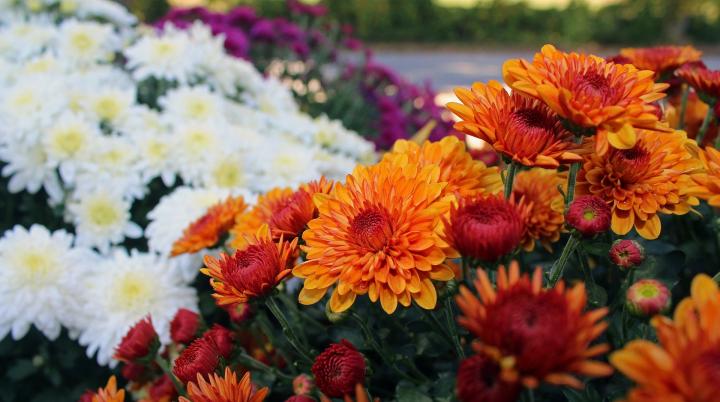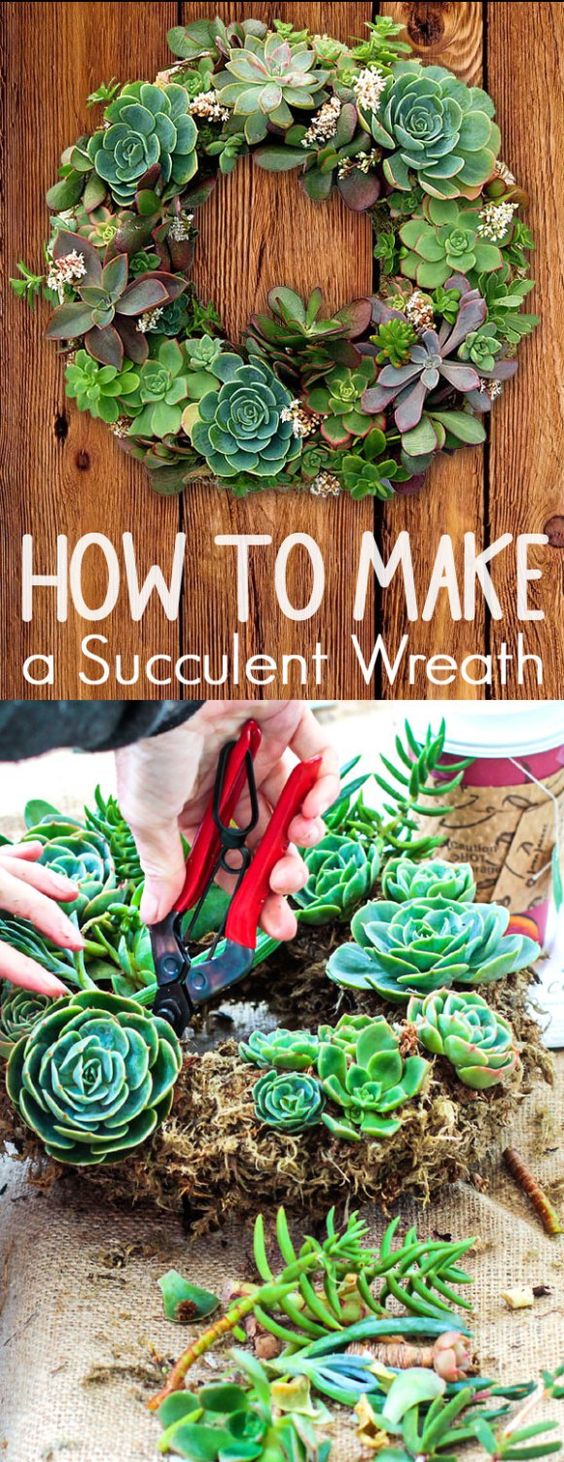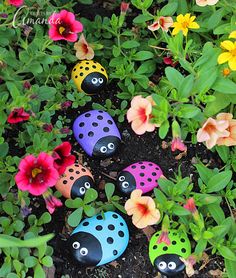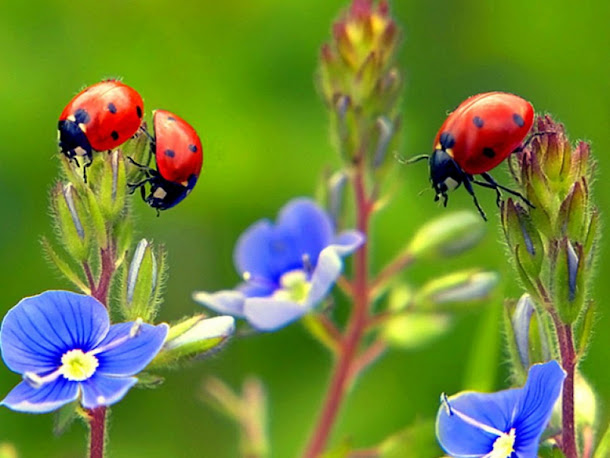Thyme
Planting, Growing, and Harvesting Thyme
Planting, Growing, and Harvesting Thyme

Thyme is a small perennial shrub with lots of branches and light purple to pink flowers. Here’s how to grow thyme in your own garden.
Thyme is aromatic and has a pleasant, pungent, clover flavor. There are over fifty varieties used in cooking and gardening. English thyme is used most often in cooking.
Thyme is aromatic and has a pleasant, pungent, clover flavor. There are over fifty varieties used in cooking and gardening. English thyme is used most often in cooking.
Planting
- It’s hard to grow thyme from seeds because of slow, uneven germination. It’s easier to buy the plants or take some cuttings from a friend.
- For a head start, plant the seeds/cuttings indoors 6 to 10 weeks before the last spring frost. (See your local frost dates.)
- Plant the seeds/cuttings 2 to 3 weeks before the last spring frost in well-drained soil about 9 inches apart. For best growth, the soil should be about 70ºF.
- The plants should grow 6 to 12 inches in height.
- In the garden, plant thyme near cabbage or tomatoes.
Care
- Water normally and remember to trim the plants when they get leggy.
- Prune the plants back in the spring and summer to contain the growth. You can take some cuttings and plant them indoors in pots, too.
- If you have cold winters, remember to lightly mulch around the plants after the ground freezes.
Pests/Diseases
- Gray mold
- Root rot
Harvest/Storage
- Throughout the summer, leaves and sprigs can be harvested at any time.
- To dry the sprigs, hang them in a dark, well-ventilated, warm area. You can also just dry the leaves by placing them on a tray. Once dried, store them in an airtight container.
- Freezing is another method of storage.
Recommended Varieties
- Lemon thyme, for a hint of lemon
- Caraway thyme, for a nice fragrance of caraway and thyme






 1 small seedless watermelon (about 5-6 cups), cut into 1" cubes or balled
1 small seedless watermelon (about 5-6 cups), cut into 1" cubes or balled















